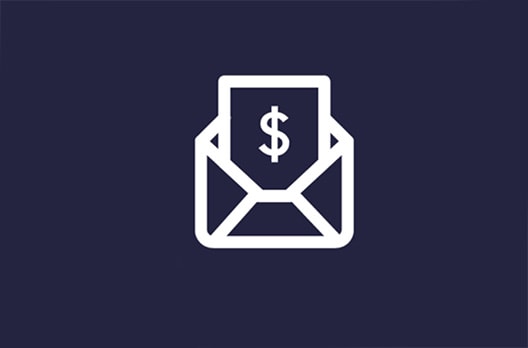Updated: Oct 20, 2023

Article highlights
- The Pell Grant awards free money to help students pay for college.
- Pell Grants are typically for undergraduate students with exceptional financial need.
- The maximum Pell Grant award may change every academic year.
Financial aid comes in all shapes and sizes. Unlike student loans, which have to be repaid, grants and scholarships can provide free money for college. That can be a game changer for students, especially those who are worried about how they’ll fund their education.
What is a Pell Grant? This federally funded grant is for undergraduate students with exceptional financial need. Understanding how it works could unlock some much-needed money for college. Pell Grant funds usually don’t have to be repaid, which is always good news. Students can visit StudentAid.gov for more details.
What is a Pell Grant?
Grants can be a great way to reduce out-of-pocket college costs. Most federal grants are need-based, and the Pell Grant fits into that category. It’s specifically designed for students with extreme financial need, making it a valuable resource for low-income families.
During the 2020-21 academic year, nearly a third of undergraduate students received a Pell Grant—but many students may be missing out. The National College Attainment Network reported that $3.58 billion in Pell Grants went unclaimed for the high school class of 2022.
Am I eligible for a Pell Grant?
Pell Grants are typically awarded to undergraduate students who:
- Demonstrate exceptional financial need
- Haven’t already earned an undergraduate, graduate, or professional degree (though some students in teacher certification programs are eligible)
- Are enrolled in an eligible degree or certificate program
Eligible students can receive the Pell Grant for up to 12 full-time academic terms, which works out to about six years.
How much can you get from a Pell Grant?
The amount you qualify for varies and will depend on a few different factors. That includes:
- Your adjusted gross income (AGI): Pell Grant eligibility will depend on your family’s AGI as compared to the federal poverty level for your family size..
- Your Student Aid Index (SAI): Formerly known as the Expected Family Contribution (EFC), this formula is based on the information you provided on the FAFSA® (Free Application for Federal Student Aid). Your SAI is used to calculate your Pell Grant eligibility if you don’t immediately qualify based on income alone.
- Your school’s cost of attendance: For the 2022-23 academic year, the average cost for a full-time undergraduate student attending an in-state four-year public college, including room and board, is $23,250 according to the College Board®.
- Your enrollment status: Full-time students may receive more Pell Grant funding than part-time students.
The maximum Pell Grant award for the 2023-24 academic year is $7,395. This amount can change each academic year.
Do you have to repay a Pell Grant?
Grants aren’t like student loans that have to be paid back. If you receive a Pell Grant and continue to meet the eligibility criteria, you won’t have to repay it. However, you may be required to repay your Pell Grant if you:
- Withdraw early from your academic program
- Change your enrollment status in a way that reduces your eligibility
- Receive outside grants or scholarships that reduce your need for federal student aid
- Receive Pell Grant funds from more than one school at a time
A Pell Grant is also different from the Federal Work-Study Program, which connects college students to part-time jobs. This allows students in financial need to earn money to help pay for college. Work-Study jobs usually involve jobs on campus, community service, or work that’s related to what the student is studying.
How do I apply for a Pell Grant?
Completing the FAFSA is the first step in applying for a Pell Grant and any other type of federal aid. Make sure to complete the FAFSA every year you’re enrolled in school to stay eligible for federal aid, including Pell Grants. Fill out the FAFSA as soon as it becomes available on October 1 of each year as some aid is awarded on a first-come, first-served basis. Deadlines vary by state and school.
After you complete the FAFSA, you will receive your FAFSA Submission Summary, previously known as the Student Aid Report (SAR), which includes your estimated Pell Grant eligibility.
How does disbursement work for a Pell Grant?
Eligible students don’t have to do much. Pell Grant money goes directly to the school and is applied toward tuition, fees, and room and board first. Any leftover money will then be paid to you directly. In most cases, your school must disburse your grant money at least once every semester, trimester, or quarter.
What if I don’t qualify for a Pell Grant?
If you don’t qualify for a Pell Grant—or do but still need extra money to cover college costs—there may be other ways to bridge the gap.
- Maximize other grants and scholarships. State and school programs, along with private scholarship funds, can be great resources.
- See if you qualify for a Work-Study job.
- Compare federal and private student loans.
College Board® is a trademark registered by the College Board, which is not affiliated with, and does not endorse, this site.
FAFSA® is a registered trademark of the US Department of Education and is not affiliated with Discover® Student Loans.







